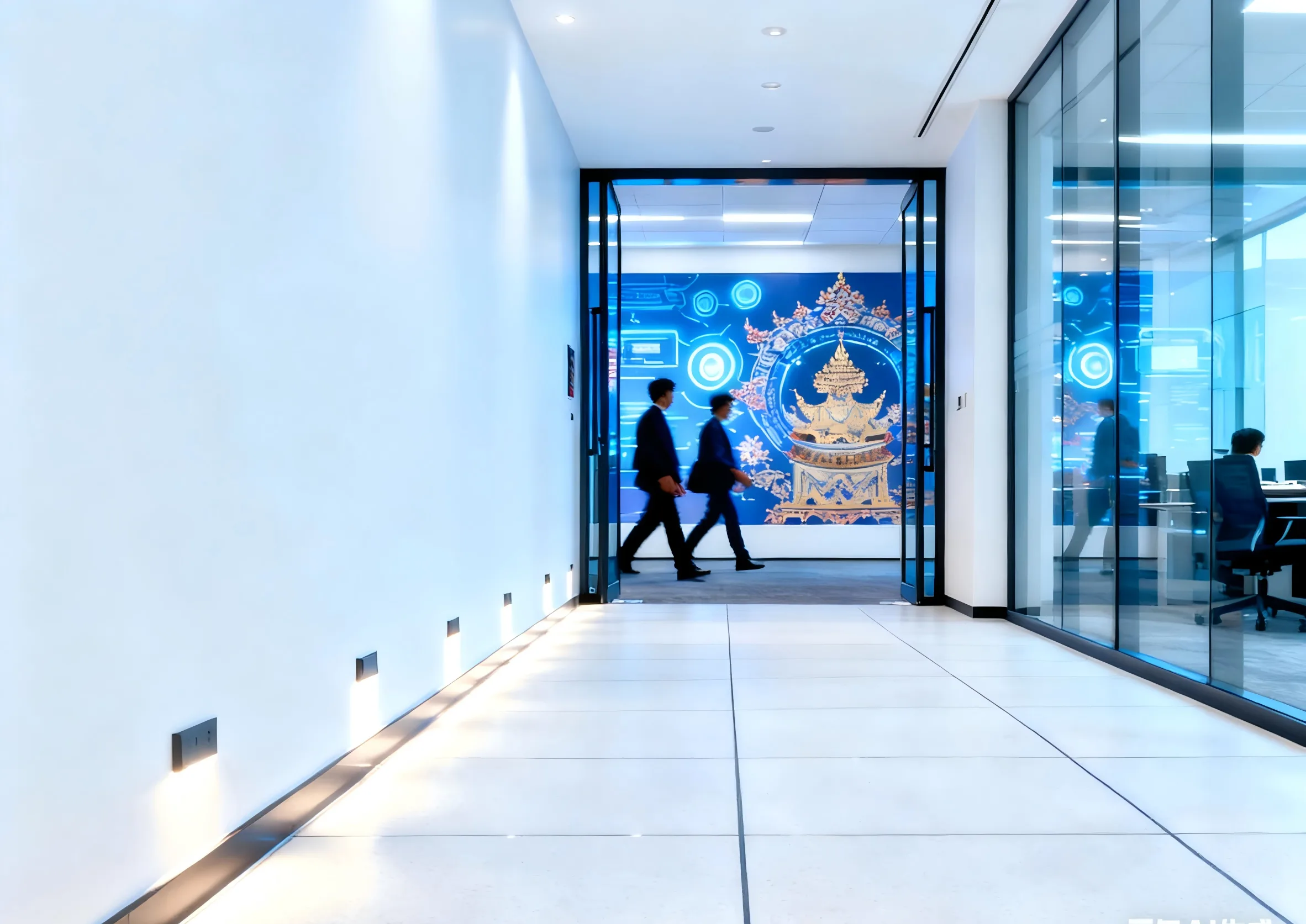
Blogs
HOME » Blogs

Raised Floor in Vietnam
In recent years, Vietnam’s accelerated urbanization and booming technology industry have driven a surge in demand for raised floor systems. As a key component of modern commercial buildings, industrial facilities, and even residential projects, raised floors are increasingly becoming a practical solution for addressing the complex needs of contemporary infrastructure in skyscrapers, data centers, and smart office buildings in cities like Ho Chi Minh City and Hanoi. From a market perspective, the core drivers of raised floor demand in Vietnam come from two main areas. Firstly, the rapid expansion of the technology sector has played a significant role. Data centers have extremely high demands for efficient cable management, cooling systems, and convenient maintenance, and raised floors perfectly accommodate electrical wires, HVAC ducts, and server cables, becoming the “infrastructure cornerstone” of such facilities. With international technology giants investing heavily in Vietnam’s digital infrastructure, the demand for high-quality raised floors has increased
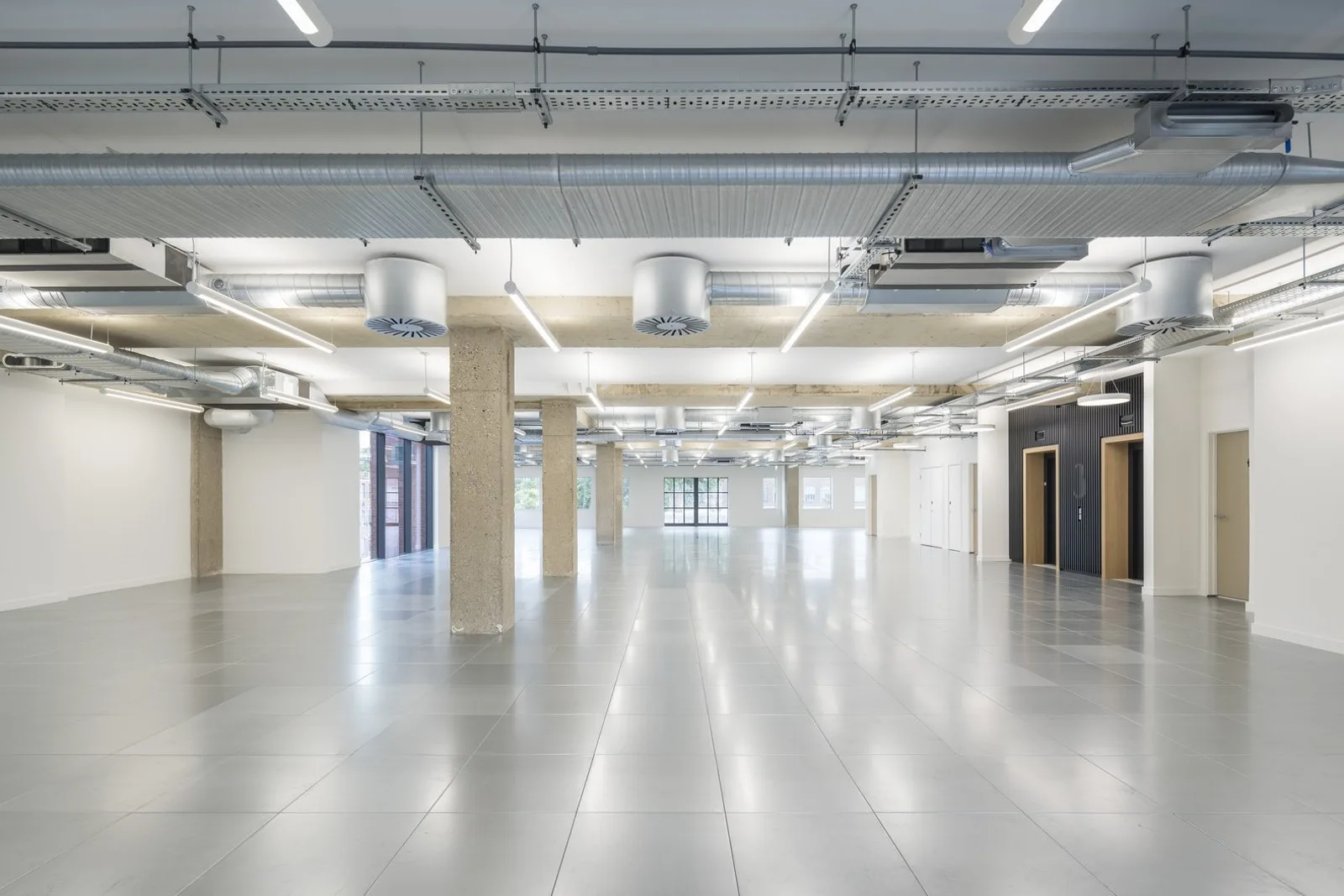
Why Do Customers Prefer Encapsulated Raised Floors?
In the era of booming smart office space and data center construction, encapsulated raised floors have become the preferred choice for many customers. What is an encapsulated raised floor? It is a modular flooring system with a base material of high-strength calcium sulfate board or high-density flame-retardant particleboard, topped and bottomed with high-quality hot-dip galvanized steel sheets, which are stamped and riveted to form a single piece. Encapsulated raised floors are primarily used in office buildings, innovative office environments, conference rooms, and other areas with wiring requirements, and are often used in conjunction with square carpets. Customers choose encapsulated raised floors because they perfectly meet a range of core requirements in modern office and smart building environments. This choice is based on more than one reason, but rather on a combination of advantages. The following are the main reasons customers choose encapsulated raised floors: Excellent load-bearing capacity This is the most core physical advantage. The encapsulated structure (top

Why Choosing Ceramic Finish Raised Floor
In the era of pursuing space quality and function, the choice of floor materials is crucial. Traditional raised floors are easy to wear, difficult to clean, and have a low aesthetic appeal, resulting in high operation and maintenance costs. The emergence of ceramic finish raised floors is quietly changing the rules of high-end spaces – it is not only a floor material but also an “invisible armor.” 1.Hard-core performance: Make the floor “invulnerable” Wear resistance: The ceramic layer fired at a high temperature of 1200℃ has a hardness of Mohs 7 (comparable to natural quartz), and even high heels and instrument carts will not leave any traces even after rubbing for ten years. Cleanability: Coffee stains and chemical agents can be wiped clean, and the antibacterial coating can inhibit 99% of pathogens, ensuring that hospital corridors and laboratories are clean and worry-free. Safety: The anti-slip index reaches R10 (the highest level

Raised Floor Saudi Arabia
In recent years, with the advancement of Saudi Arabia’s “Vision 2030” plan, digital transformation and infrastructure construction have become the core driving force of the country’s economic development. Against this background, raised floors, as an essential part of data centers, office buildings, and modern buildings, are ushering in unprecedented market opportunities. This article will explore the current status, driving factors, challenges, and future development trends of the Saudi raised floor market. Current status The raised floor is a modular floor system suspended above the ground. It is mainly used in data centers, office buildings, medical facilities, and educational institutions. It can provide concealed space for cables, air-conditioning ducts, and other infrastructure while facilitating maintenance and upgrades. With the acceleration of digitalization in Saudi Arabia, the demand for raised floors has grown significantly, especially in data centers and smart buildings. Global brands and local companies currently dominate the Saudi raised floor
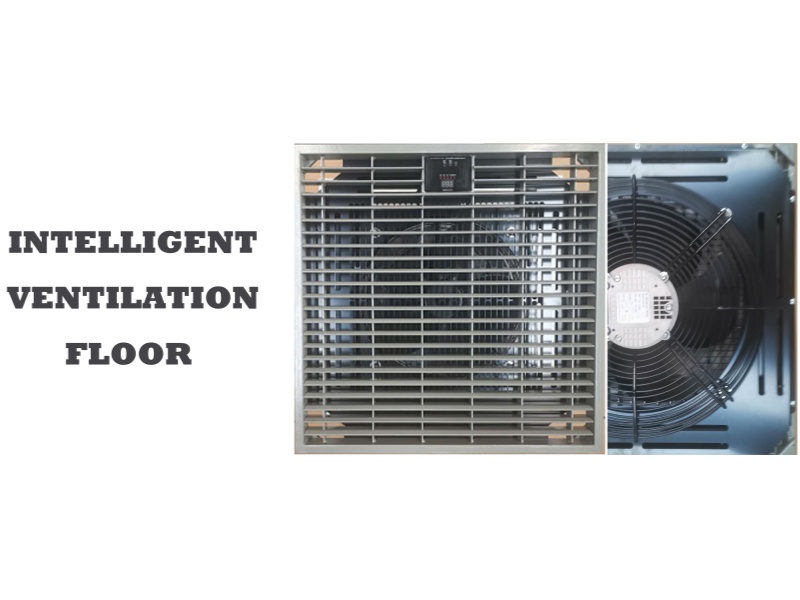
Do You Know Intelligent Ventilation Floor
In the digital age, data centers have become the core infrastructure supporting the operation of modern society. With the rapid development of technologies such as 5G, artificial intelligence, and the Internet of Things, data centers face unprecedented heat dissipation challenges. Traditional cooling methods can no longer meet the growing demand for heat dissipation. Intelligent ventilation raised floors have emerged as time has required, bringing revolutionary solutions to data center cooling. Technological innovation of intelligent ventilation raised floors The intelligent ventilation raised floor system consists of three parts: adjustable ventilation floors, intelligent control systems, and sensor networks. The ventilation floor adopts a modular design, and each module is equipped with an independent opening adjustment device, which can accurately control the air supply according to real-time needs. The intelligent control system analyzes massive data through AI algorithms to achieve dynamic allocation of cooling resources. The sensor network is spread throughout the data center,
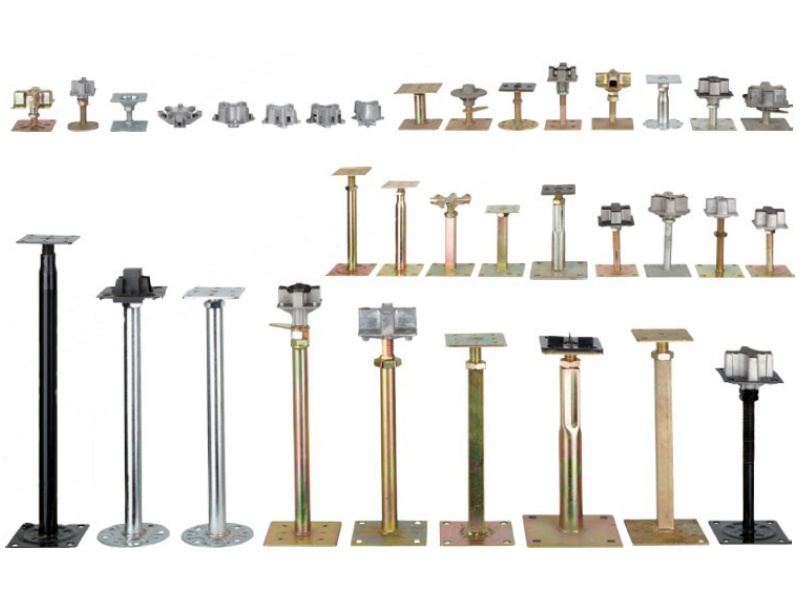
Typical Type of Pedestals
You can easily find the raised floor system in data centers, computer rooms, offices, and other rooms with anti-static requests. The pedestal is an essential component of the raised floor system; you can also easily find them in those rooms. Pedestals provide the space between the floor and the ground. Usually, the height is from 80mm to 2000mm. There are many types of pedestals. Here, we will introduce you to the three typical types of pedestals. Rod type pedestal The rod type pedestal is mainly for a bare finish steel cement raised floor system, consisting of a vertical rod that can be height adjusted to support the above flooring panels. They typically have a base plate on the subfloor and a top plate for securing the floor panel. There are cross head pedestals and flat head pedestals; galvanizing color can be white or yellow. Tube type pedestal Tube pedestals, the
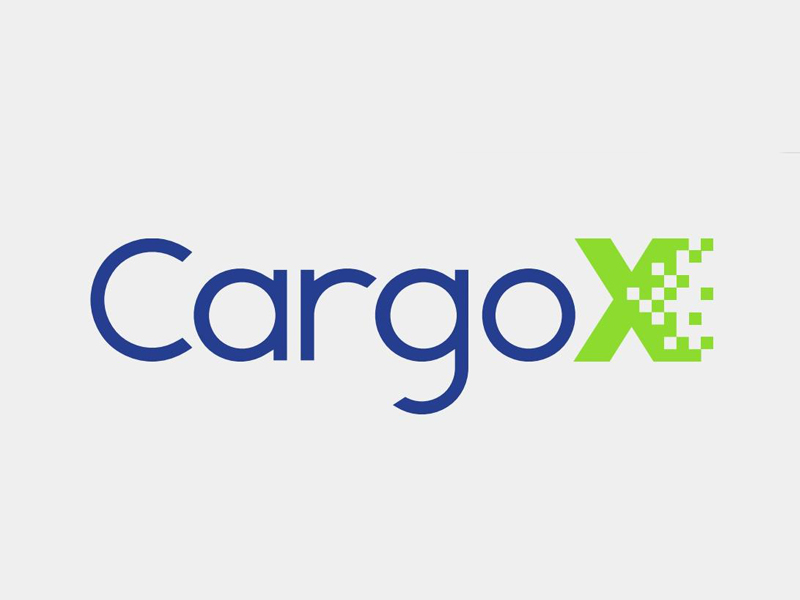
Register CargoX for Goods Delivery to Egypt
From October 1, 2021, Egypt enforced the ACID (Advanced Cargo Information Declaration) declaration in all ports nationwide. It authorized the CargoX platform as a document transmission portal for blockchain technology, specifically used to process ACI (Advanced Cargo Information) declaration letters, bills of lading, and all other necessary original documents. Air cargo is temporarily not included in this regulation. Do companies have to register on the CargoX platform? According to Egypt’s ACI forecast cargo information regulations, for all imported goods, the consignee must first forecast the cargo information in the local system to obtain the ACID number and provide it to the shipper. If the ACID number cannot be provided, the goods will be forcibly returned to the port of shipment and fined. The consignee provides the ACID code on the premise that the shipper has registered with CargoX and obtained the CargoX ID. Functions of the CargoX platform 1. Secure file
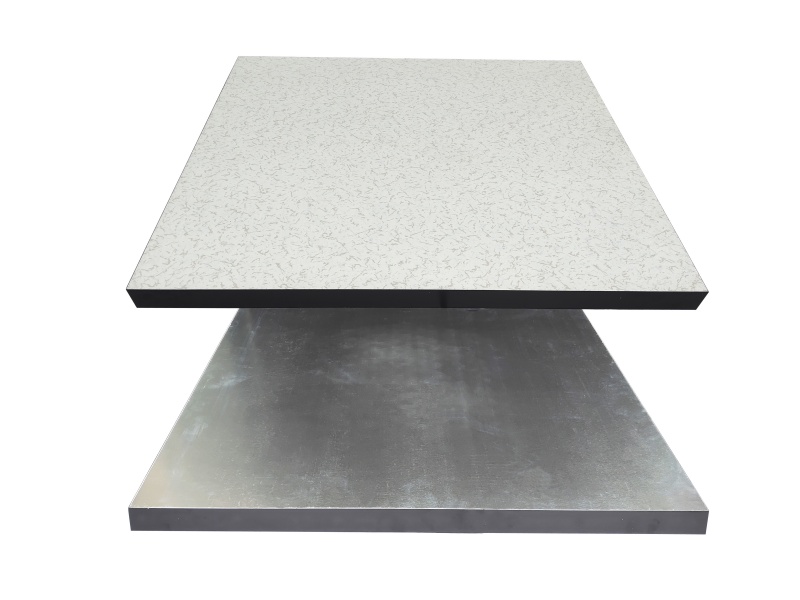
LEED Certificate of Raised Floor
Environmental awareness has become increasingly important today, and sustainable buildings have also received significant attention. LEED (Leadership in Energy and Environmental Design) is an internationally recognized excellence green building certification program that provides a framework for designing, building, operating, and maintaining energy-saving and environmentally friendly buildings. Building owners and developers demonstrate their commitment to positively impacting the world by complying with LEED standards. What is LEED LEED is the abbreviation of Leadership in Energy and Environmental Design, which means “Energy and Design Pioneer Award”. It is an international green building evaluation standard established and promoted by the US Green Building Council USGBC in 1998. It is a widely recognized green building and city certification system worldwide. It evaluates various criteria, including energy efficiency, water use, air quality, and sustainable materials. There are different levels of certification: certified, silver, gold, and platinum, depending on the points obtained through the evaluation. The
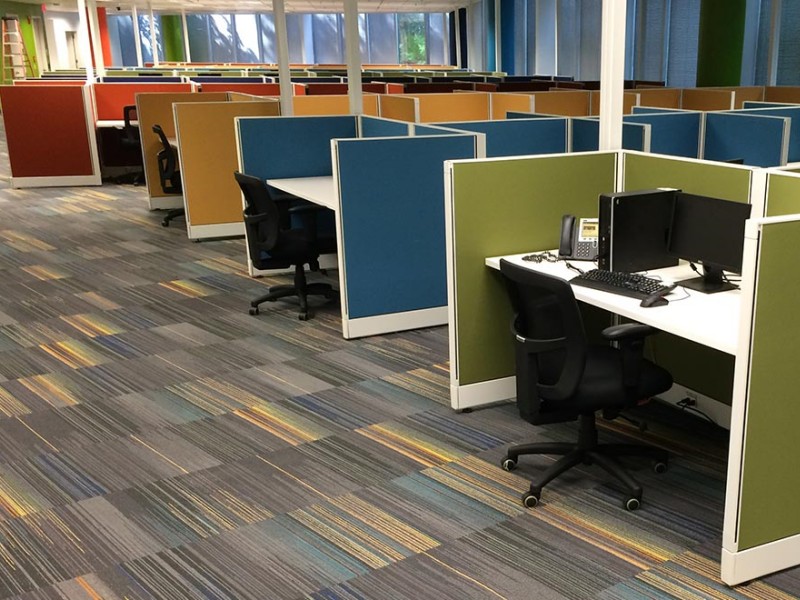
Notice Floors In Office
In an office environment, we usually notice carpets on the ground. So, have you considered whether the floor under the carpet is the base ground or any floor? In fact, there is usually a raised floor under the carpets. The raised flooring in office environments, known as network flooring, includes bare finish steel cement flooring, encapsulated calcium sulphate panels, and encapsulated wood core panels. Advantages: Cable management: The network floor provides a structured system between the raised floor and the base ground for efficiently organizing and managing cables and wires. Flexibility: It’s easy to change the floor panels without replacing the wires in the future. And it’s also easy to rewire the cables without renovating the raised floor panels. Customization: The finish floor height can be adjusted, and the architect can customize the layout of the raised floors to match the accessibility and functional requirements of different offices. Aesthetics:

What is Wood Core Raised Flooring
Raised flooring is an essential component of offices, computer rooms, data centers, or clean rooms. It mainly includes steel cement raised flooring, calcium sulphate raised flooring, wood core raised flooring, and aluminum raised flooring. In global markets, the steel cement raised floor is the most common type. But in fact, wood core raised flooring is also very influential and popular in many countries around the world. Anti-static wood core raised floor and encapsulated wood core raised floor The wood core raised flooring mainly includes anti-static wood core flooring and encapsulated wood core flooring, both of which are made of high-density (720Kg/m3) particle board. The bottom of the raised floor of the anti-static wood core is a galvanized steel plate or aluminum foil, the top finish is HPL or PVC or ceramic tiles, and the four edges are sealed with PVC edging strips. The encapsulated wood core flooring is covered by

